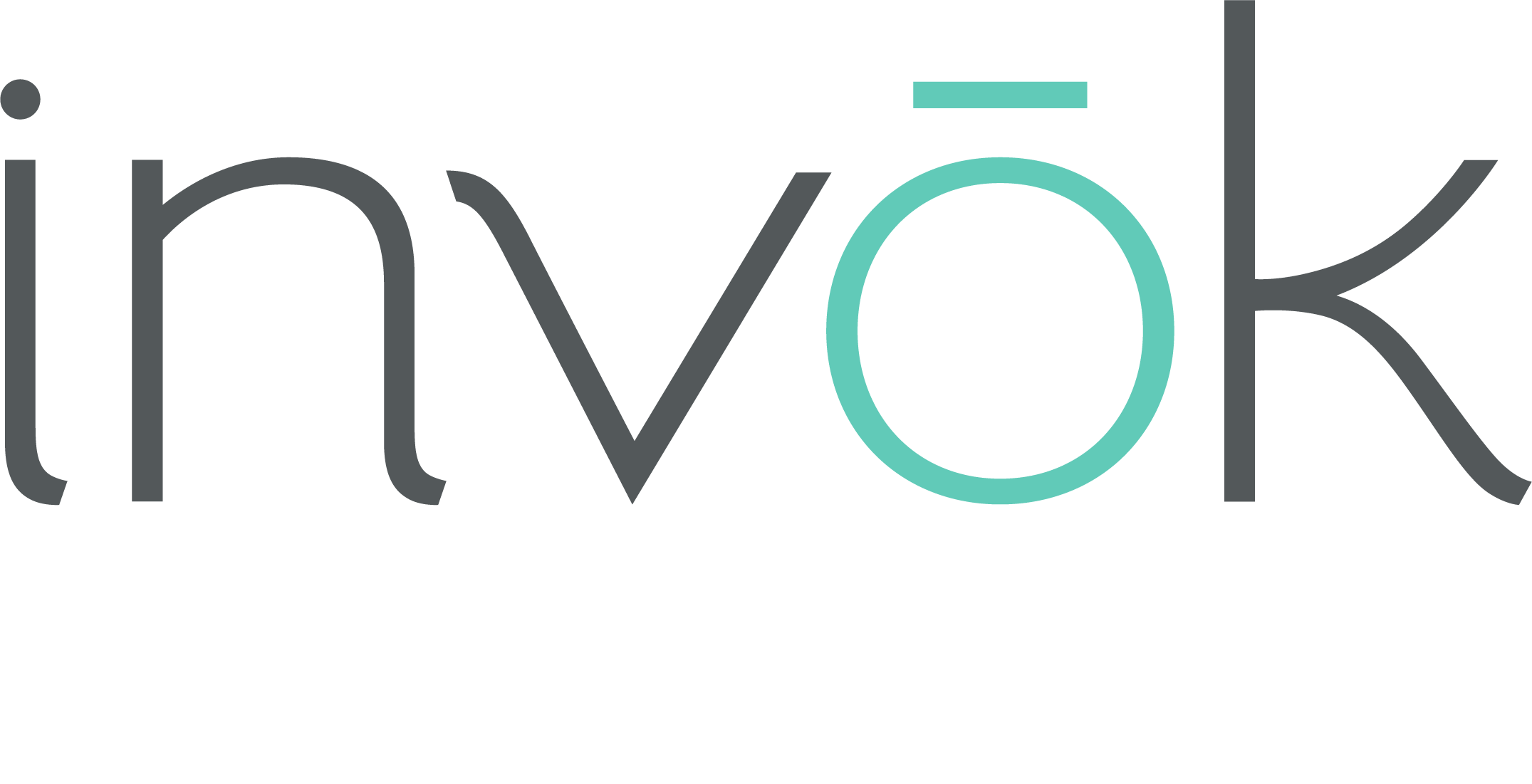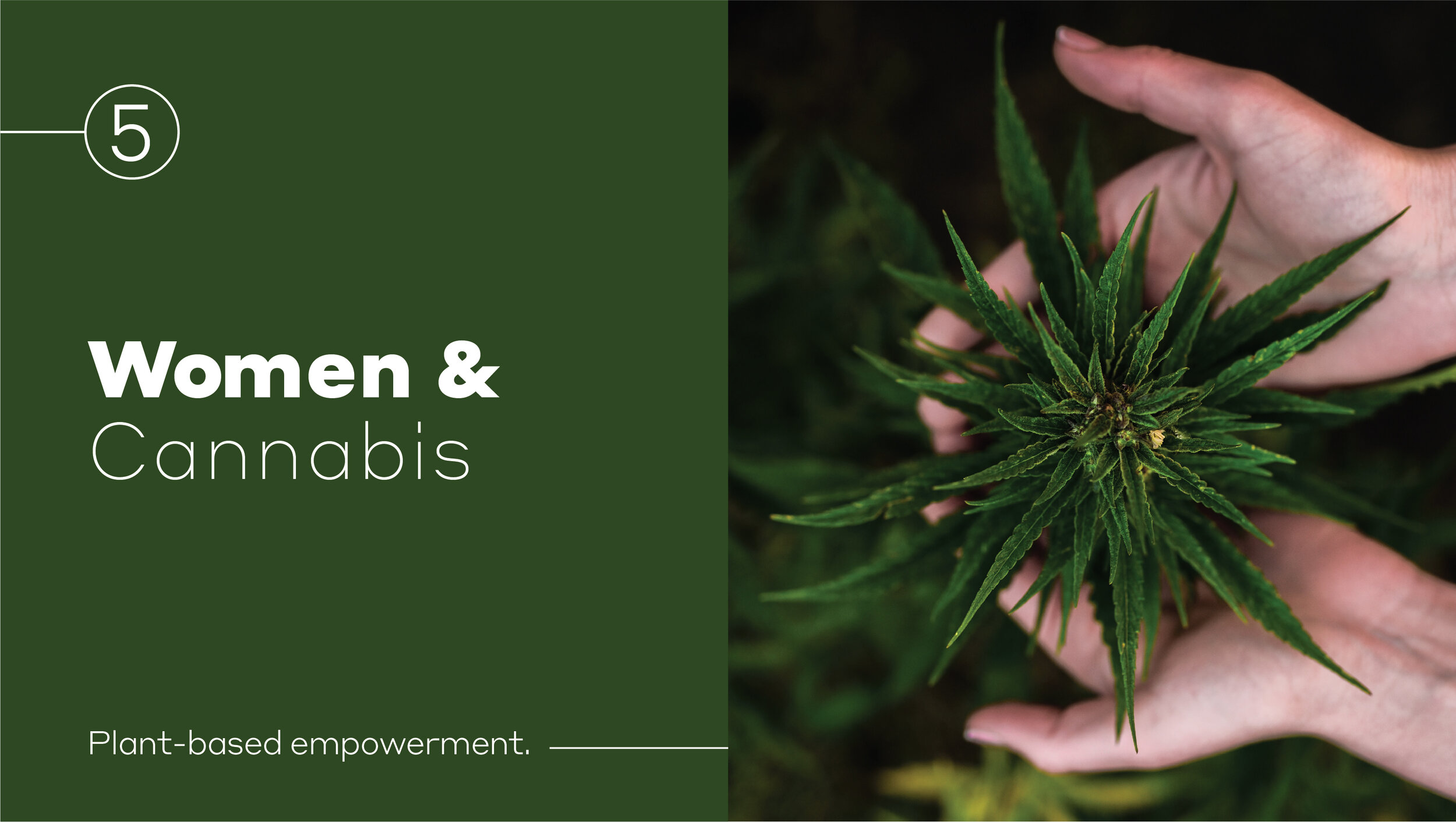2020 trends
Image:
Looking ahead towards 2020 and beyond, themes of redefining our past to pave way for the future appears numerous times. From inquiring about what constitutes as a museum and what the essence of a modern man is, to notions of gender equality powered by a controversial plant, what is projected to characterize the next decade encompasses themes of belonging, restructuring and the power of positivity.
Image: Toru Yamanaka/AFP, Getty Images
1. Museums of Culture - Art Imitates Life
“Insta-llations” ranging from the joyfully-immersive The Color Factory in New York to the educational Museum of Weed in Hollywood and playful Refinery29’s 29Rooms begs the question as to what qualifies as a “museum” in the modern time. These “made-for-instagram” exhibits are also posing as destinations for people to interact, create and connect. However, these spaces only truly have a purpose once the photos have been documented on social media. This “curated by you and me” approach to visual expression and communication enables participants to become part of the museum, which demonstrates introspection on a public level when shared on social media.
At The Color Factory, to enable people to freely interact and experience the spaces, the team has installed cameras to document your time to prevent you taking out your smartphone. This allows photos to be more authentic and experience-driven as opposed to camera-driven to get the desired shot (The Verge). What’s also unique about The Color Factory experience is that it invites visitors to experience the museum outside of the installation and into the hosting city to explore and find colorful surprises.
In addition to these “museums of culture”, wellness spaces like meditation and yoga studios have become the new social hangouts of choice. “Millennials are a generation fascinated by self-actualization, self-improvement, and community” (Well and Good). This new cultural hub that draws in consumers who become narrators who openly express themselves through discovery, education, connection and social storytelling and who crave environments that foster those collective experiences together. These spaces seemingly have become the modern adaptation of American urban sociologist, Ray Oldenburg’s ‘s notion of “the third space”, whereby a public social space serves as an in-between abode away from work and home life that is inclusive and engaging, enabling meaningful connections between people.
How can brands create more authentic experiences to foster meaningful human connections and a sense of belonging?
Image: Evryman
2. Modern Masculinity - Strength Through Vulnerability
For decades, “masculinity” has been defined as a set of attributes, behaviours and roles with key identifiers as strong, handsome, driven. While some behaviours and attributes of masculinity are biologically influenced, culture has played a large role in its construction. With the rise of the #MeToo movement, toxic masculinity has led many to inquire about what it means to be a modern man.
Gillette’s “The Best A Man Can Get” campaign confronted the “boys will be boys” notion and has committed to a three-year plan to donate to organizations that help men achieve their personal best. GQ dedicated their latest issue to “The New Masculinity: An exploration of identity, culture and style in 2019.” Their State of Masculinity Survey reported that 73% of men wanted their friends to describe them as respectful, 71% as honest, 48% strong, 34% as gentle, 19% as muscular, 13% as dominant and 8% as macho.
In response to this evolving definition, a group of men in Brooklyn have created a collective called Evryman, a safe space for men to practice being vulnerable in sharing thoughts and feelings through supportive, discussion-based sessions. Over 1,000 men attend these groups and find solace in their developing their emotional intelligence skills and find the group sessions to be extremely rewarding for both their personal and work lives.
The shifting concept of masculinity has changed to accommodate the “everyman”; a man not constrained by boundaries, stereotypes or prejudices. A man not not tied to gender. A man who is true to himself. The modern man finds strength in vulnerability. He is a gamut of emotions: “soft, hard, emotional, joyous” (Dazed Beauty). He is comfortable in his own skin and rises to the occasion to stand up for what is right. He is respectful, he is bold, he is intelligent, he is secure and he is aware and he is empathetic.
How can brands continue the conversation and cultural repositioning of modern masculinity to support and inspire?
Image: Markus Spiske, Unsplash
3. Brand as a Global Citizen - The Me to We Movement
For the modern day brand it’s no longer trendy to be sustainable, empathetic or charitable; it is essential. The traditional tablestakes of quality, price and performance are no longer enough to satisfy consumers. Focusing beyond the profit, to making sales that support empathy, we bridge me with we. While this notion of brands with a do-gooder ethos isn’t new, brands like Toms and Warby Parker have paved the way with their buy-one-give-one business models. The idea of a brand acting as a global citizen has also been increasingly adopted by large global brands like Nestlé and Johnson & Johnson. Today, more and more consumers are not only showing brand loyalty to companies that are kind but are demanding an overhaul on corporations’ values and missions. “91% of affluent millennials say they’d switch brands to one that supports a good cause, while more than 85% overall would buy a product with a social or environmental benefit” (Cone). In order for brands to not only survive, but also thrive, they must have a purpose-led vision that actively exercises a performance-based driven mission.
For those who aren’t waiting for government, big name conglomerates or global corporations to make a change, people and small businesses have become advocates of change. 16-year-old, climate activist, Greta Thunburg, has made waves with her radical influence, proving one voice can make a change from me to we. In Canada, The Beer Store has driven an up-cycling program that has influenced the majority of Canadian brewers to use the same bottle structures in order to participate in their program that was started back in the 1970s. The Loop recycle program, based off the old-school milkman method, has piqued the interest of PepsiCo, Unilever, Mars, The Body Shop, Mondelez and Danone to participate in their mission to disrupt traditional plastic and fiber manufacturing by up-cycling waste (Strategy). The fact that individuals and brands are banding together to make a difference, and ditching those who don't participate, demonstrates the immense influence brands have on our culture.
Julliard president Joseph Polisi, has written a book called The Artist as Citizen, which has inspired alumni of all three Julliard divisions to create their own programs that foster artistry and impart a mission that art and the arts community need to be understood worldwide. Julliard’s culture cultivates student and community collaboration within the creative process to enable a dynamic and impactful change. Polisi states that the “the 21st-century artist will have to be an effective and active advocate for the arts in communities large and small around the nation.” As a result, by fostering community involvement through artistry, “America’s best young artists can positively change the status of the arts in American society” (The Julliard Journal). This model is being aptly applied to the role brands play in influencing and impacting culture.
How can brands act as a citizen by championing social good in an impactful and influential way to cultivate global goodness?
Image: Kira Auf Der Heide, Unsplash
4. Spiritual Commoditization - Unbounded Self Care
From sacred healing powers of Palo Santo, new age sound baths, reiki treatments, and micro-dosing psychedelics, to the woo woo glamour of crystals, spirituality has become one of the most sought-after “commodities”. There has been an apparent shift from selling a specific product benefit towards selling aspirational performance benefits like spiritual healing and ascension. Wellness guru Gwyneth Paltrow’s modern lifestyle brand Goop, has created a butterfly effect in the self-care industry by selling products that promise intuition, karma and healing. And with the global wellness economy being valued at $4.2 trillion with a 12.8% growth between 2015-2017, it means this category can only keep expanding. (Global Wellness Institute)
“The ethos of ‘self care’ has infiltrated every consumer category (The New York Times). Brands like Moon Juice, Four Sigmatic and Daydream are meeting the demand to support a greater interest in adaptogenic healing products that boost immunity and combat stress. Beverage companies are brewing up kombucha and juicing celery. Clean beauty brands are “selling serums infused with intuition, karma and healing” (The New York Times). What attracts people to investing time in their spirituality is finding a connection to something bigger than themselves. The movement away from traditional religion, towards more spiritual practices like tarot, astrology, meditation and energy healing provides a sense of freedom and fluidity not practiced in traditional religions. Astrologer, Chani Nichols believes, "we’re yearning for something that technology cannot give us, that capitalism cannot give us” (LA Times).
How can brands foster this greater sense of purpose people are craving and provide opportunities for people to build communities that thrive off of balance and wellness?
Image: Davide Ragusa, Unsplash
5. Women & Cannabis - Plant-based Empowerment
Shedding the hippy-chic stoner status, cannabis, though still a controversial plant is budding around the globe. By 2020, the cannabis industry has experienced an enormous economic boom, with market projection to top $22B (Brightfield Group). From its 2019 legalization in Canada to the overnight explosion of the CBD market, cannabis is at the forefront of a growing number of consumer’s minds.
While cannabis is an underresearched plant in the health and wellness sectors, its untapped potential for business opportunities cannot be overlooked. Since cannabis is fairly new to the business world, it creates equal opportunities for both men and women. Cannabis levels the playing field because it crosses into many product categories like food, beverage, alcohol, beauty and wellness while also providing the ability for cross-industry collaboration. Notably, more women are breaking barriers in the cannabis industry with brands like Eve, Foria, 48 North Cannabis Corp and Marley Natural.
Canadian brand Van der Pop, was founded by April Pride in response to a lack of female-friendly cannabis accessories. Pride created a line of accessories for women, realizing in the process that there was a greater conversation that needed to be had surrounding women’s cannabis consumption. The Van der Pop brand meets the missing gap in the marketplace by addressing the different effects cannabis has on the female body and works to dispel negative stigmas around cannabis consumption. The company’s ongoing thought-leadership speaker series with female executives discusses culture shifts and business in cannabis and is committed to sharing true stories from real women about their cannabis experience, fostering an open, education and inclusive environment.
How might brands continue to empower cannabis education and provide equal opportunity by challenging the gender imbalance, while influencing other industries to be more inclusive?
Image: Adobe Stock







